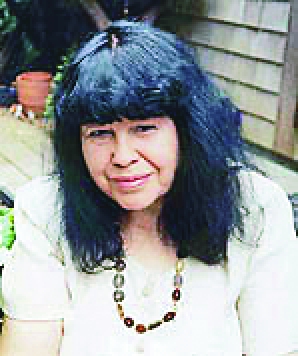Pesach Revised
Cookbook Is The Perfect Vehicle For A Discussion Of Feminism, Ritual And, Of Course, Great Food


Latest Article|September 3, 2020|Free
::Making Grown Men Cry Since 1992


